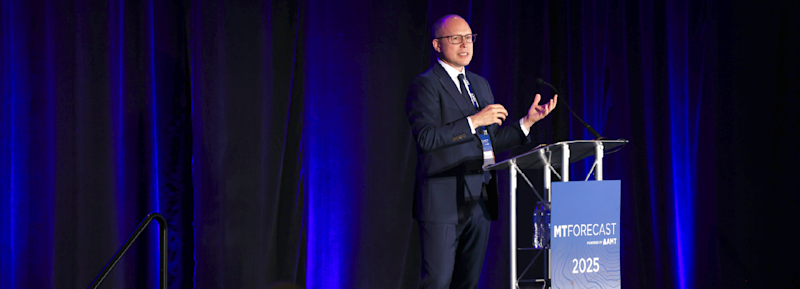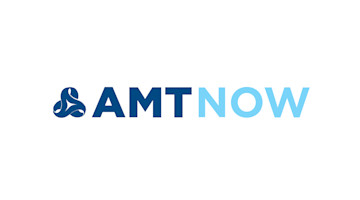Know Your Policymakers
At MTForecast 2025, David Skillman, Partner at K&L Gates, emphasized that building relationships with your representatives, senators, and their key staff is critical. He encouraged manufacturers to consistently share their company’s story and offer firsthand insight into how federal policies affect operations. By cultivating these connections early, manufacturers can position themselves as trusted sources when legislative issues arise. Contact your elected officials and make your voice heard.
Tariffs as Tools and Risks
The Trump administration continues to use tariffs to encourage domestic production, protect national security, and gain leverage in international negotiations. In 2025, tariffs on steel, aluminum, pharmaceuticals, trucks, and hundreds of other products expanded dramatically, with some rates reaching as high as 50%.
While these measures are intended to strengthen U.S. industry, Skillman warned of growing economic pressures. Federal Reserve Chair Jerome Powell has noted that tariffs could raise inflation and slow growth, and J.P. Morgan projects the effective U.S. tariff rate could climb to 18-20%. Even though the Institute for Supply Management’s Purchasing Managers Index (PMI) ticked up to 49.1, September marked the seventh straight month of contraction, underscoring ongoing challenges for manufacturers.
Legal and Legislative Challenges
A major legal test is on the horizon as the Supreme Court prepares to review the “Liberation Day” tariffs imposed under the International Emergency Economic Powers Act (IEEPA). A ruling that limits presidential authority could trigger billions in refund claims and prompt Congress to reassert its constitutional control over trade. If the IEEPA approach fails, the administration may pivot to other statutes that grant tariff authority.
Tax Changes Under OBBBA
Skillman wrapped up his presentation with a look at the One Big Beautiful Bill Act (OBBBA), signed into law on July 4, 2025. The sweeping legislation delivers $4.4 trillion in tax cuts and includes several provisions aimed at encouraging domestic investment and reshoring.
Among the highlights: expanded bonus depreciation, enhanced manufacturing investment credits, and a new deduction for qualified production property. These measures are designed to make it more attractive for companies to invest in U.S. operations. The law also permanently increases the estate tax exemption, providing long-term planning certainty for business owners.
Skillman emphasized that staying aware of these changes — and understanding how they intersect with tariffs and regulatory shifts — is critical for manufacturers seeking to plan strategically and remain competitive in a rapidly evolving environment.






